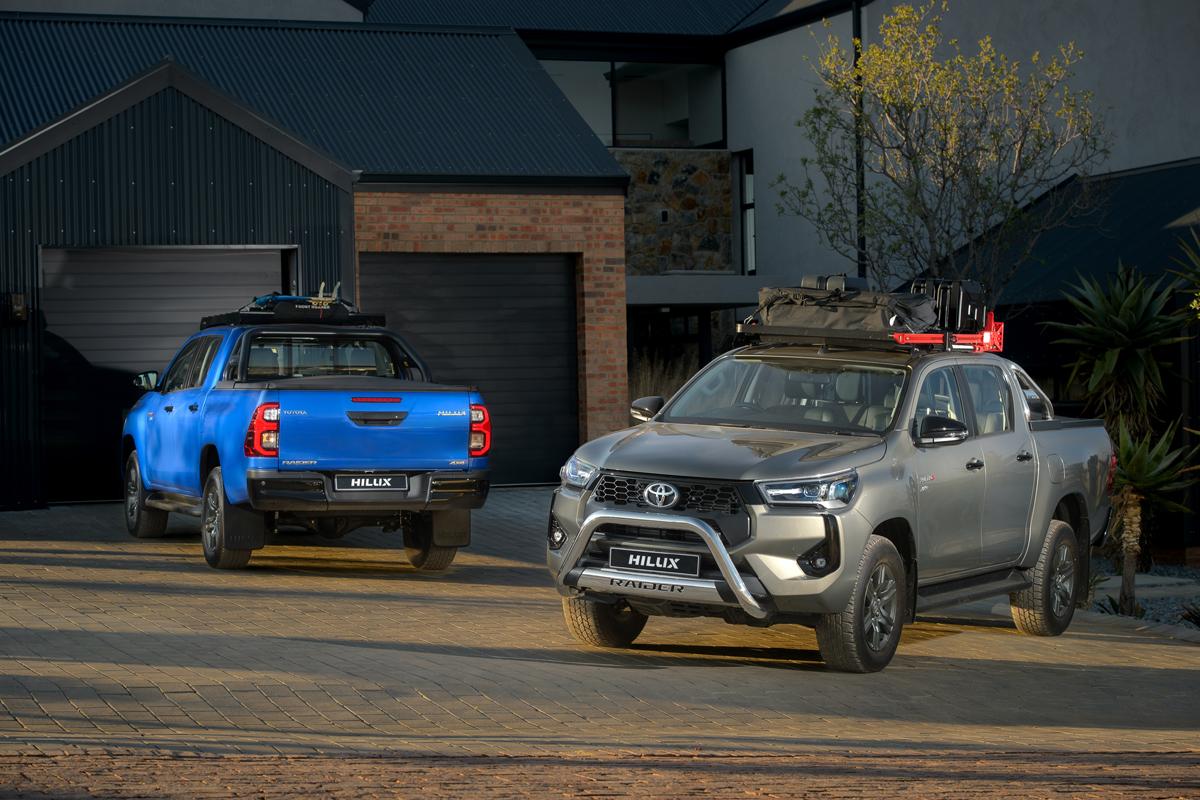
I must confess that I experienced a bit of a déjà vu moment when I got the invite to the launch of Toyota South Africa’s newest Hilux, with the launch of our ZA Lifestyle section to compliment our successful ZA Bikers offering, it has opened a whole new exciting world. Back in 2014, we attended our first motorcycle launch at Rand Airport where Kawasaki unleashed their manic H2 supercharged hyperbike. Rubbing shoulders with the SA motorcycling media elite was just a tad intimidating. Fast forward ten years and it is fair to say that we managed to establish ourselves at the top of that pile. Getting off the aircraft in Durban and meeting established players and influencers in the motoring world was reminiscent of the H2 experience.
We got our first glimpse of the refreshed Hilux in the Hertz parking lot. Flip! This is a seriously handsome bakkie! A new honeycomb grill, black bumpers and trim (door and tailgate handles) and good-looking anthracite colour mag wheels bring a streak of mean to the looks that chrome simply cannot do.
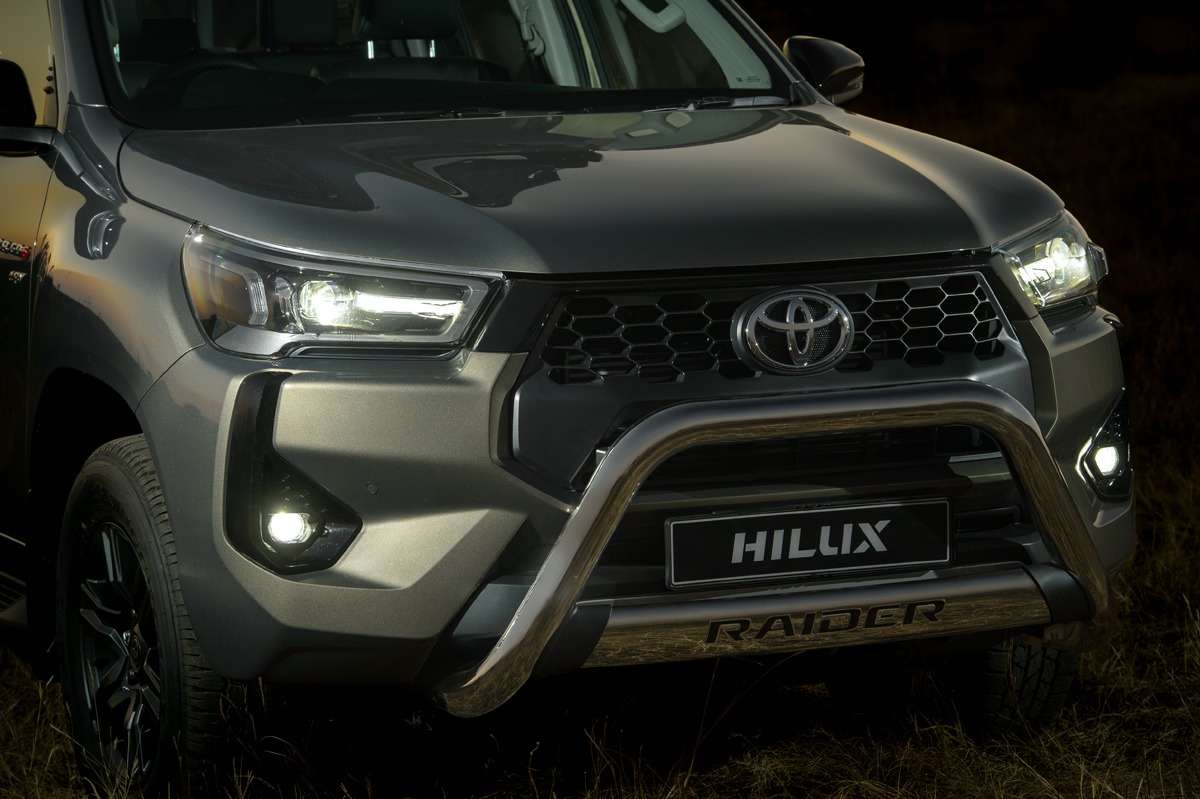
I teamed up with Deon Van Dyk from Landbou Weekblad for the day. We would share time at the wheel to get a feel for the 48V enhancements and other new features. The first stop was just down the road in Ballito for lunch, after which we had a route downloaded to take us to a coffee stop in Wartburg and then on to Pietermaritzburg, and via the N3 to Nottingham Road for our overnight stop at the lovely Fordoun Country lodge.

Sitting at lunch and listening to the typical petrolhead banter around the table made me feel right at home. My initial impressions of the Hilux 48V were overwhelmingly positive. We wrong slotted on our way to lunch with a quick loop through Umlanga which afforded me an opportunity to assess the dynamic ability of the vehicle in the urban sprawl.
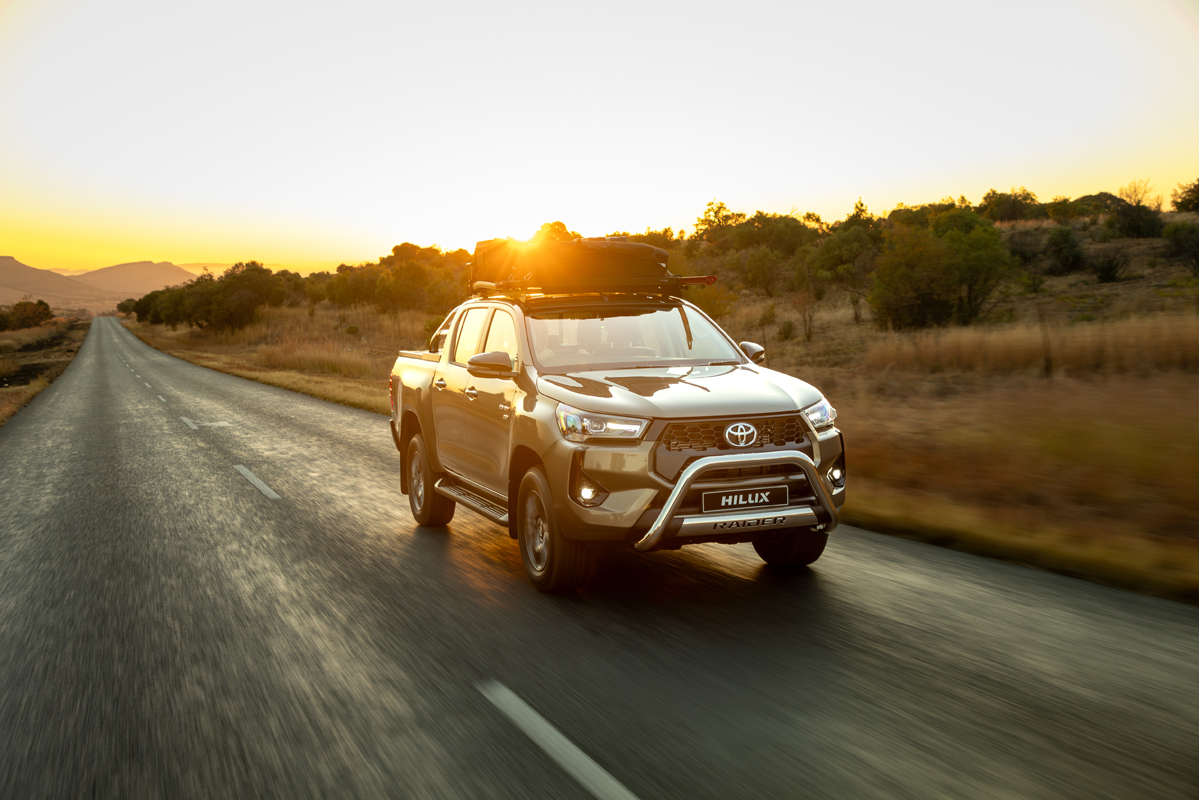
The build integrity, fit and finish of the Hilux is beyond reproach. There is nary a rattle or squeak. The suspension compliance immediately impressed. The ride is comfortable with superb support from the seats. The driver seat is electronically adjustable, making it a doddle to get comfortable.
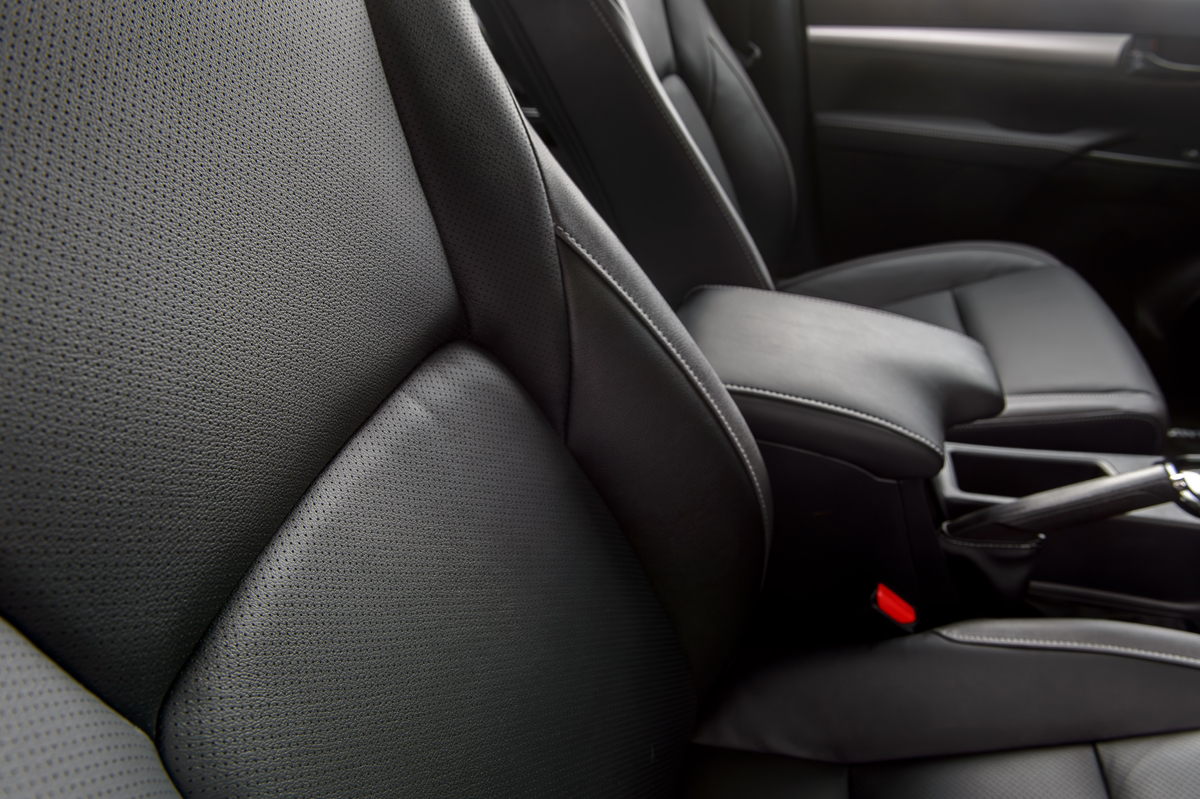
To this point, I am probably just sharing what you already know. Let’s talk about the 48V enhancement. It is what Toyota refer to as a “mild hybrid electric vehicle”. Underpinning the 48V is the tried and tested 2.8 litre GD-6 4 pot turbo-diesel motor, driving through a six-speed Automatic gearbox.
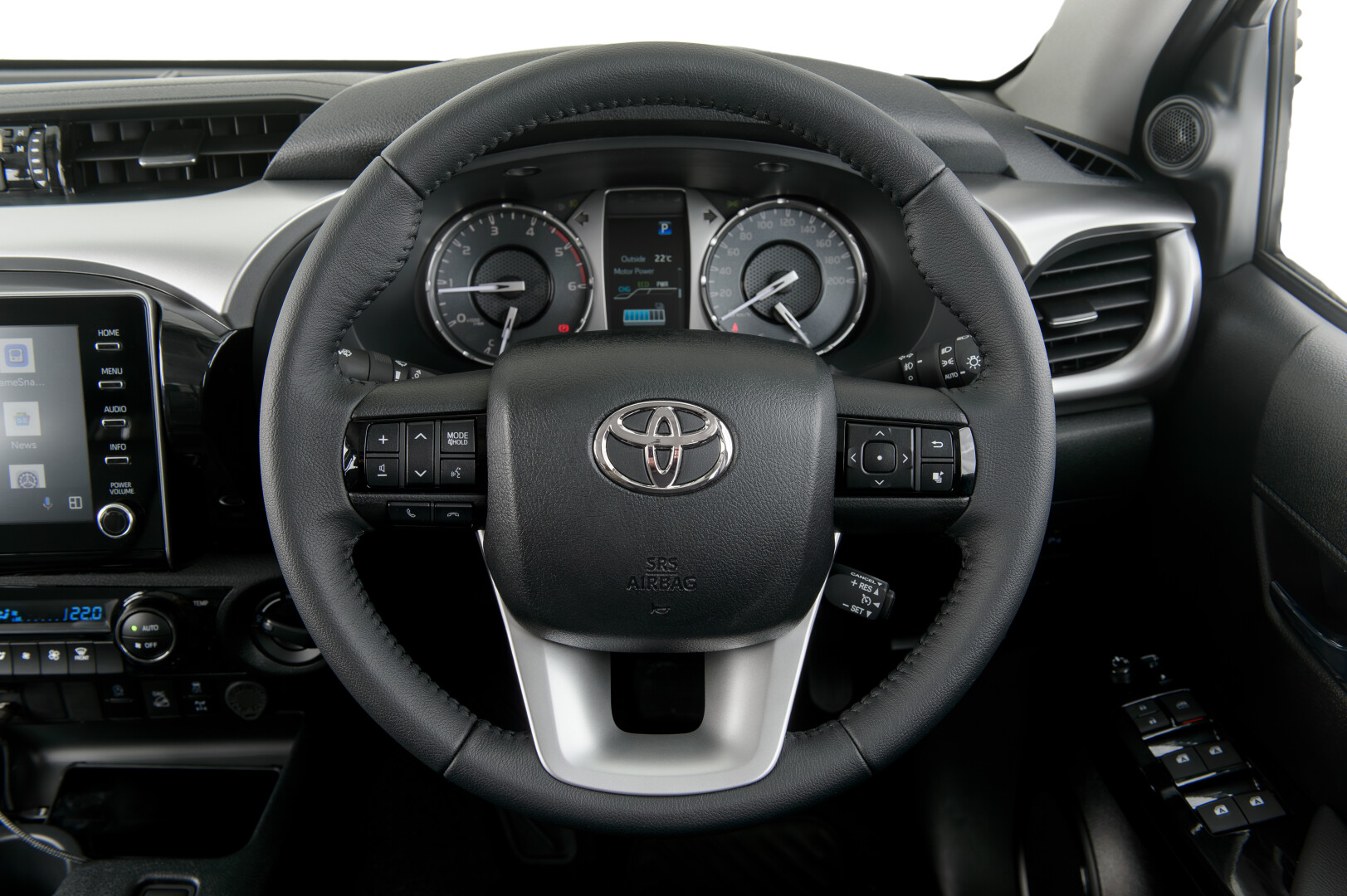
Toyota are exploring various technologies in search of producing vehicles with a negligible carbon footprint. In layman’s terms, the 48V technology comprises a 48-volt lithium battery grafted into the electrics in a way that it takes over the power supply, taking drag from the mechanical components, releasing 12 Kw of extra power and 65 Nm of additional torque on demand. The advantage of this approach versus a more traditional hybrid system using electric motors is the simplicity and much lower cost. It can also be done without huge modifications to the engine and drivetrain.

There is a ‘Motor Generator’ mounted high in the engine bay so as not to diminish the Hilux’s 700 mm wading depth. This powers a 48-volt lithium battery and DC/DC converter mounted roughly amidships. The advantages claimed by Toyota are improved low-down performance which benefits off-road capability and makes the Hilux brisker off the line. The stop/start feature also engages more smoothly and seamlessly. Owners should also see a small benefit at the pumps.
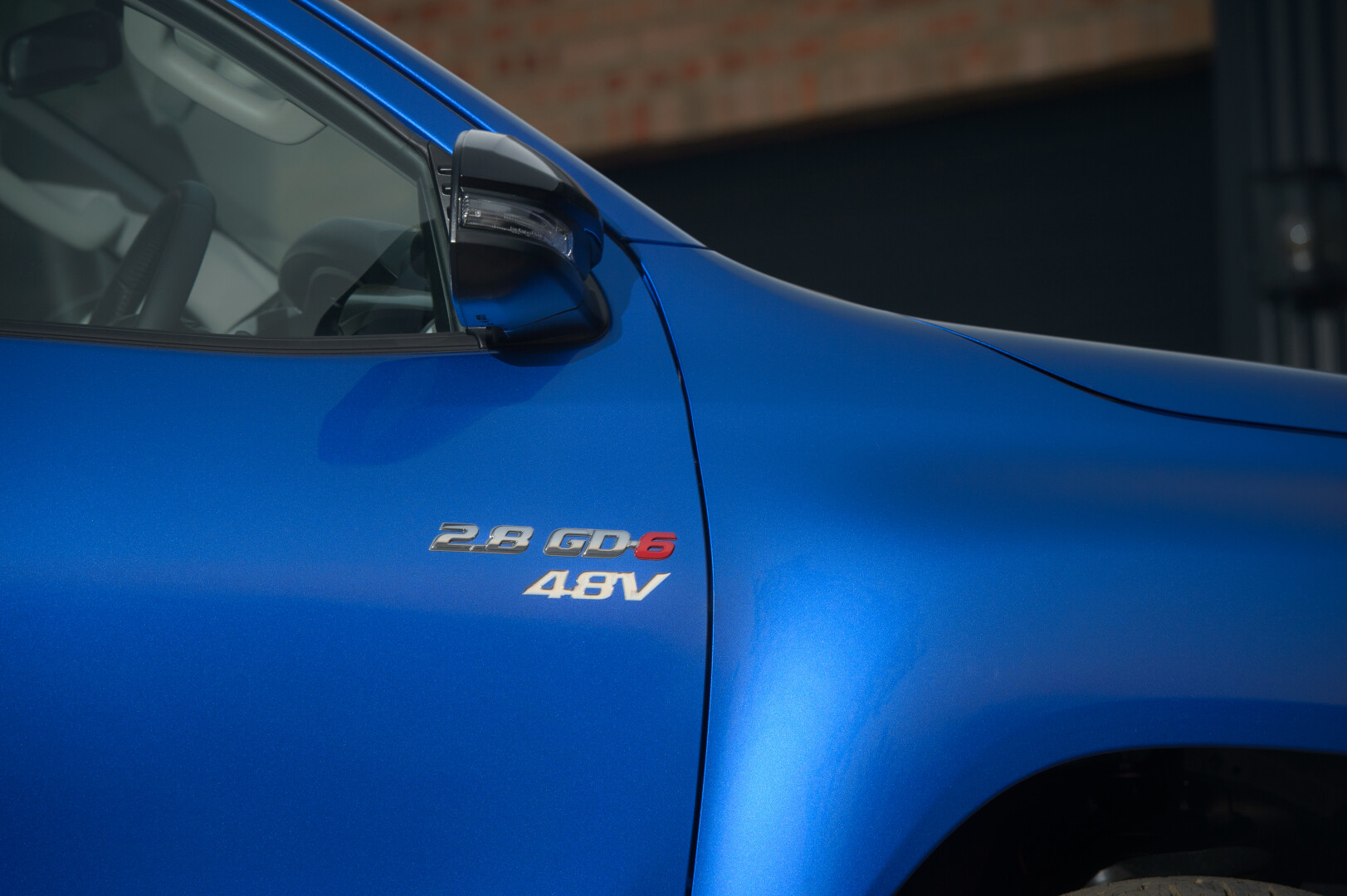
So, does it all work? It would have been good to have a ‘standard’ Hilux along for comparison purposes, however the seat of the pants dyno feel was quite positive. The Hilux is definitely not short of mumbo. The 48V uses regenerative braking technology harnessed to the Motor Generator to assist in re-charging the lithium battery. The battery power assistance is apparent by a lower idle speed of 600 rpm versus the standard 720 rpm. Turbos need to spool up to be effective, so low rpm performance can be compromised. Commonly referred to as ‘turbo lag’. This is where the 48-volt battery can certainly help by significantly fattening the low rpm power and torque curves.
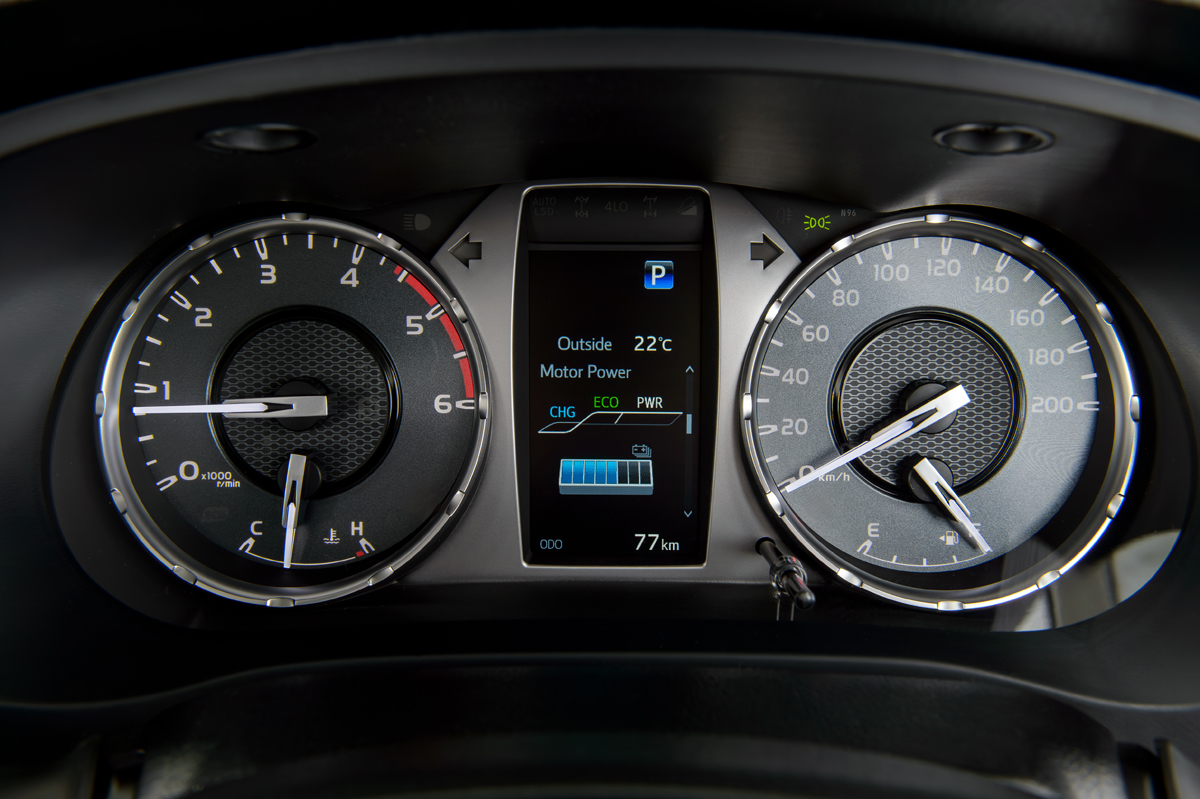
A mode button, situated on the centre console, allows the driver to choose different power modes, to maximise responsiveness and optimise gear changes for performance or economy. Perhaps ideally this selection button should be situated in a place that does not require the driver to look away from the road to engage another mode. Also new on the 48V is a Multi-Terrain Select (MTS) button which enables the vehicle’s electronics to automatically maximise traction on various surfaces. It has no bearing on suspension settings.
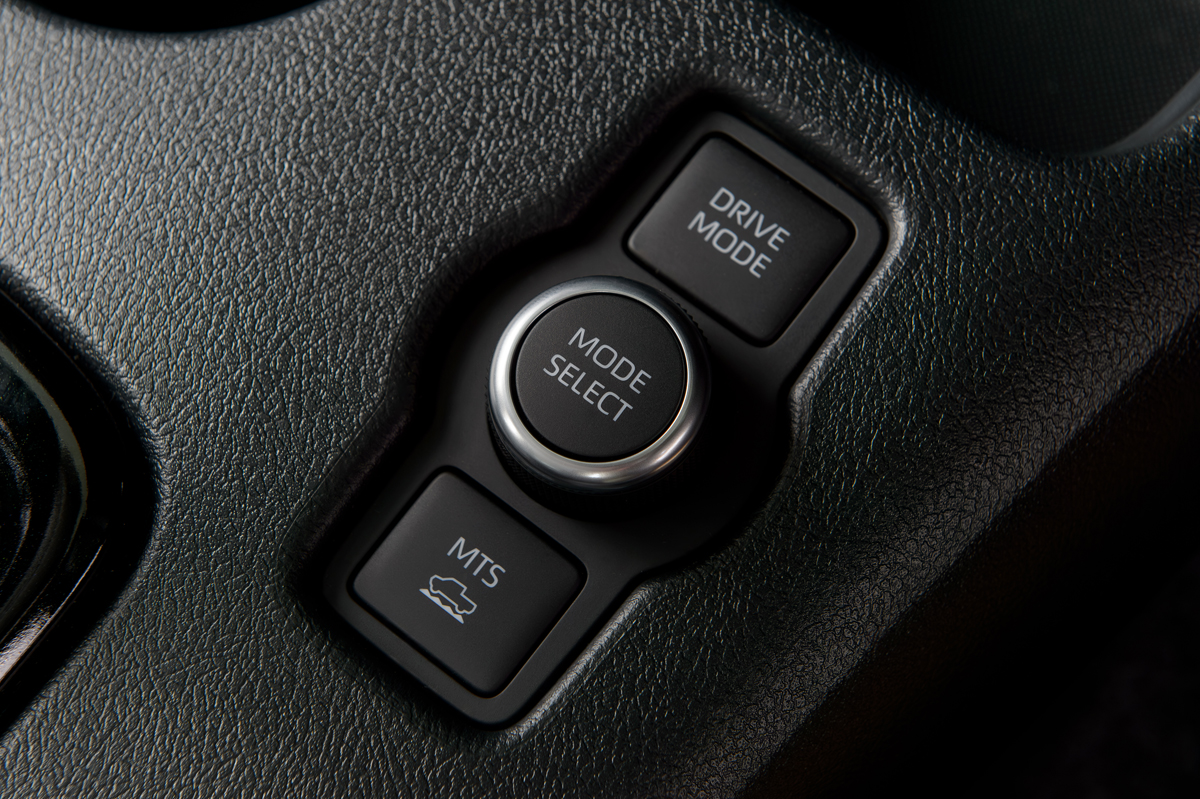
For me, Bakkies are about balancing form and function. The immense popularity of this genre of vehicle speaks volumes to how South Africans embrace an adventurous outdoor lifestyle, or at least like to portray that image…Toyota have recognised the fact that owners love to ‘pimp their rides’, and have a comprehensive range of approved accessories to compliment their Hilux. These accessories will be available from Toyota dealers as well as accredited outlets such as 4X4 Megaworld, Thule etc. Suggested retail prices will be the same for all outlets.
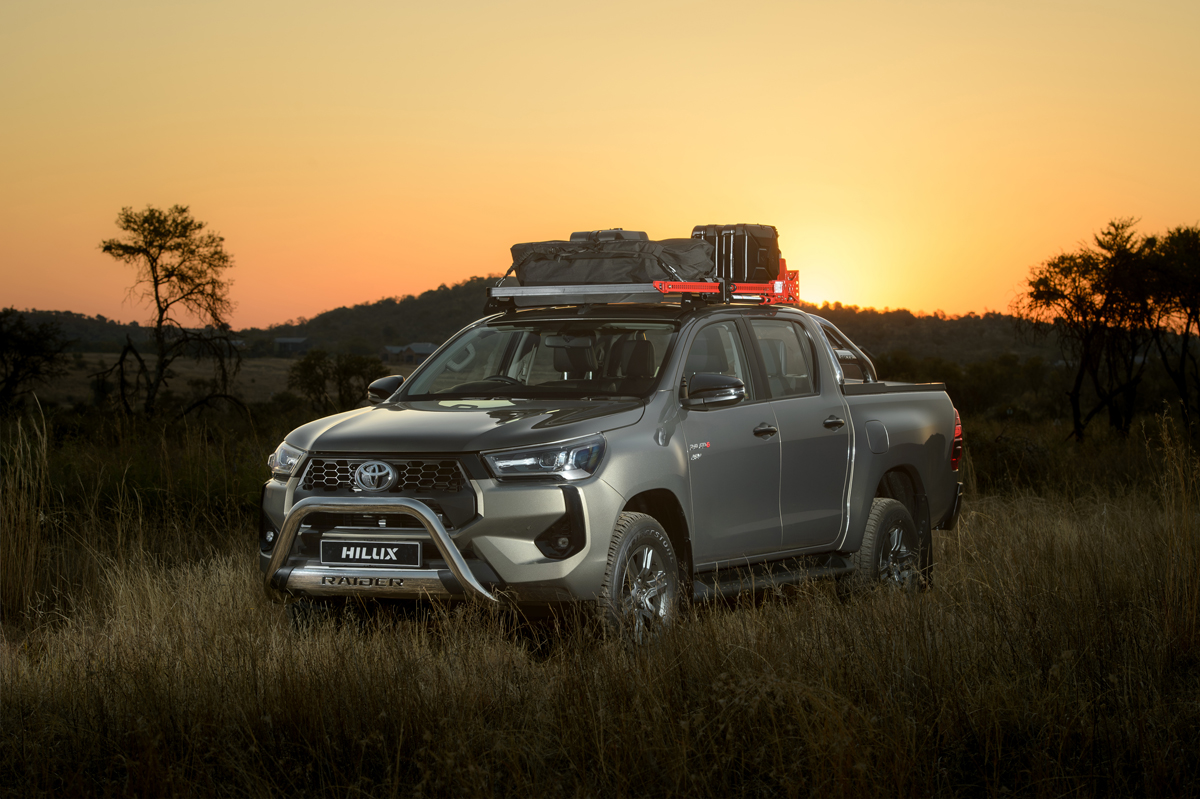
Our route took us on a variety of KZN ‘B’ roads meandering through villages and cane fields. The road undulated and swept with some reasonably steep ascents and descents in places. The Hilux took everything in its stride, providing a comfortable and stable ride across a variety of surfaces. The gearbox downshifts quite aggressively at times on steep descents, allowing the vehicle to scrub off speed against compression rather than the driver needing to ride the brakes. Shifts are smooth and seamless, getting on with cog swapping in an impressively intuitive manner. The overall impression is one of refinement and comfort with reassuring dynamic stability. This is an extremely well-sorted vehicle.
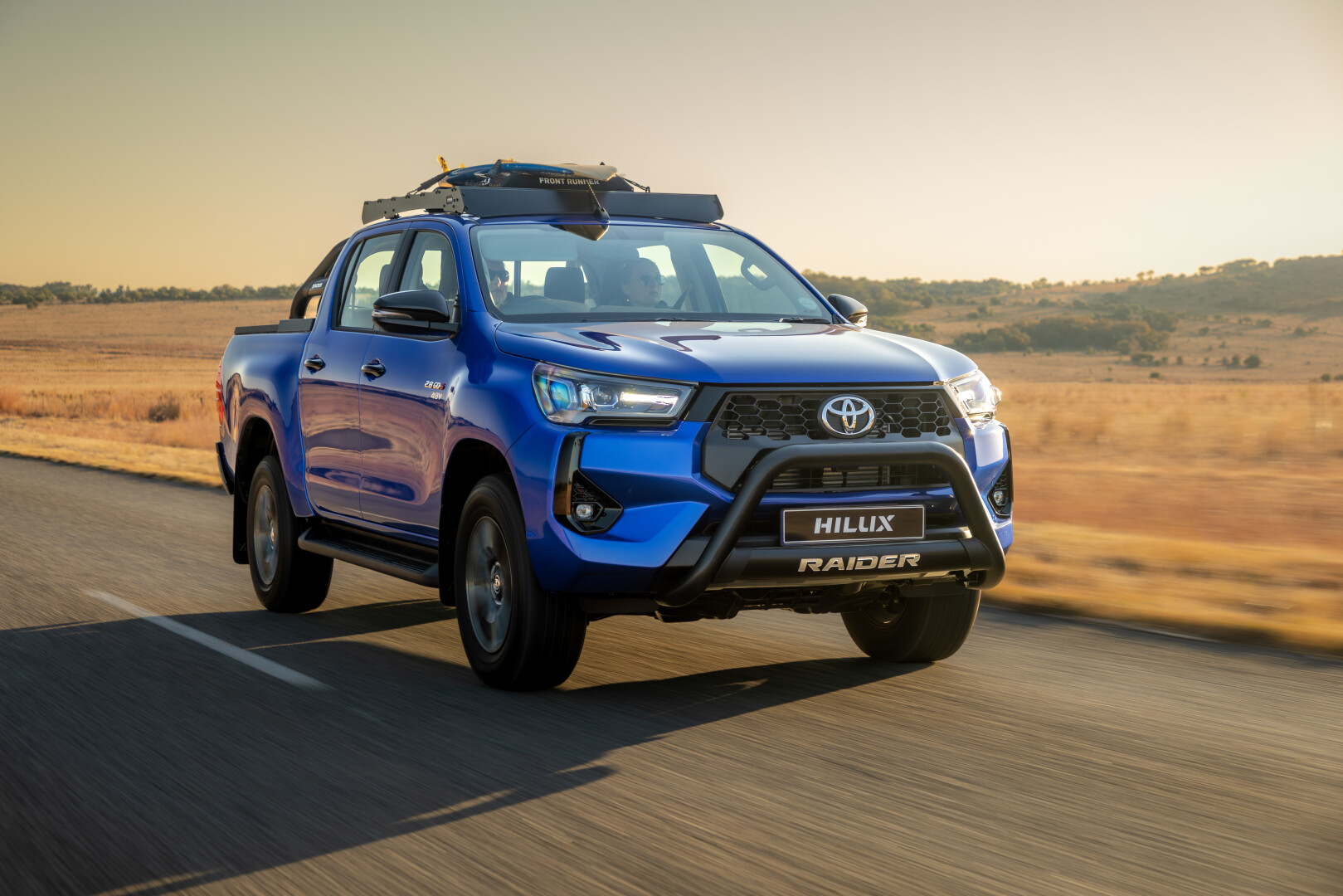
Reflecting on the Hilux 2.8 GD-6 4×4 range, there are a couple of interesting points to ponder. The most powerful oil-burning Hilux available is the GR-Sport which pumps out a healthy 165 Kw @ 3000 rpm and 550 Nm of torque @ 1600 rpm. This power comes at an ever so slight consumption premium. You are likely to use just shy of a litre more diesel for every 100 k’s that you travel. Now enter the 48V. With the assistance of the mild hybrid technology the 48V snaps at the heels of the Sport with 162 Kw @ 3000 rpm and out torques the Sport with a healthy 565 Nm @ 1600 rpm. If Toyota can be taken at their word then you will enjoy this extra oomph without paying a price at the pumps. The 48V is touted to be between 7 and 11% more fuel efficient.
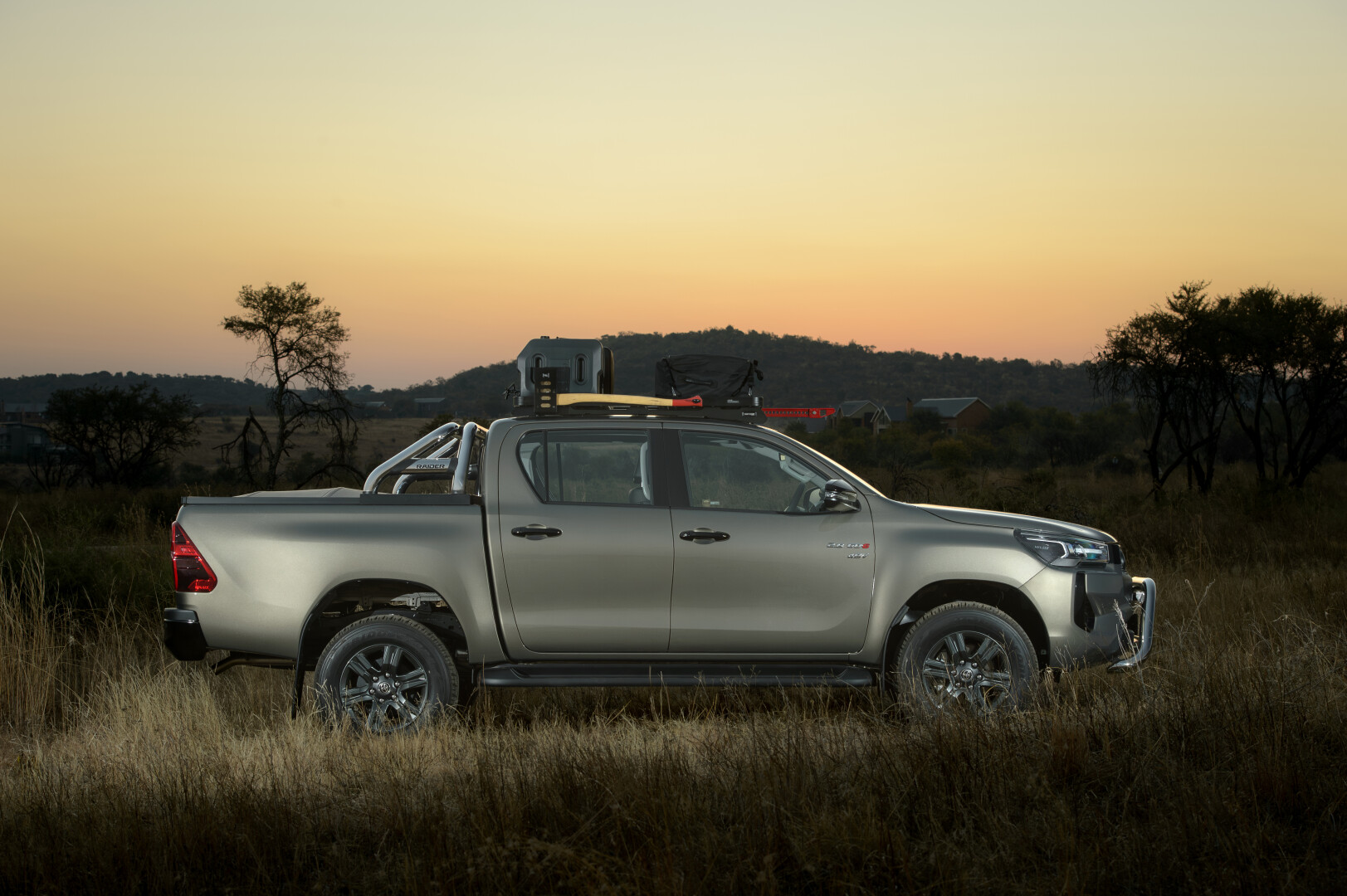
The 48V enhancements come at a R15,000 premium over the standard model. Without having done a direct comparison with the standard Hilux it is difficult to make a definitive recommendation. What I do like is the simplicity of the 48-volt system. If it fails for any reason, your Hilux will function as the standard unit. The cost is also not prohibitive, and if the fuel consumption is indeed improved, it may well pay for itself over time. Low-speed off-road performance is almost certainly going to be enhanced with the extra power boost.
Wearing my Financial Advisor hat I must say that I am a tad alarmed at the rate at which vehicle prices are escalating, driven largely by ever-tightening emission regulations and electronic wizardry employed to make vehicles compliant. But, as they say in the old colloquial, “Boer maak ‘n plan” (farmer makes a plan), and I do not doubt that the Toyota faithful will keep the 48V Hilux flag flying as high as ever. The success of Hilux has been built on superb build quality, capability and reliability, coupled with evolution rather than revolution. As the old saying goes, “If it ain’t broke don’t fix it”.
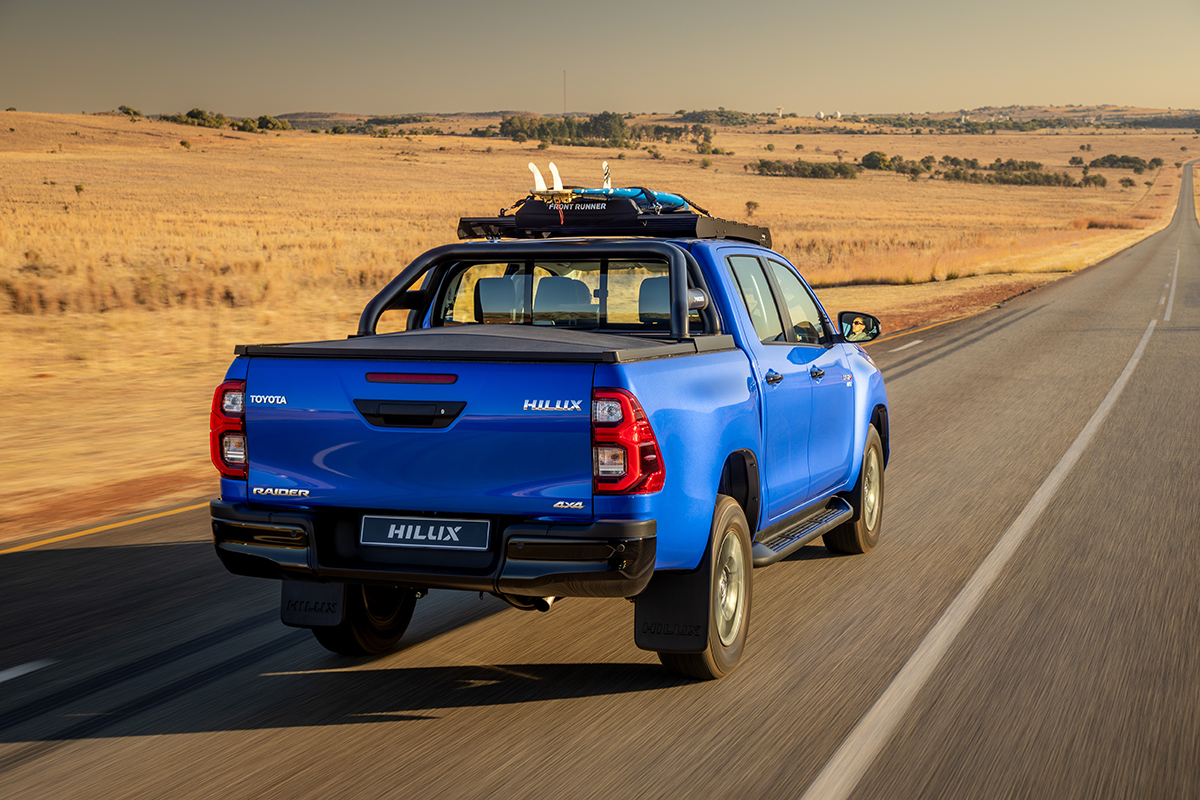
Thank you so much to Team Toyota for a most enjoyable and illuminating launch.
Toyota Hilux Raider Pricing
| Double Cab: | |
| Hilux Raider 2.8 GD-6 RB 6AT 48V | R785, 400 |
| Hilux Raider 2.8 GD-6 4×4 6AT 48V | R876, 600 |
– All Toyota Hilux Raider models come standard with a 9-service/90 000km service plan and a 3-year/100 000km warranty. Customers can additionally purchase service/maintenance/warranty extensions via the comprehensive Toyota dealer network (220 outlets).
For more information visit: www.toyota.co.za




